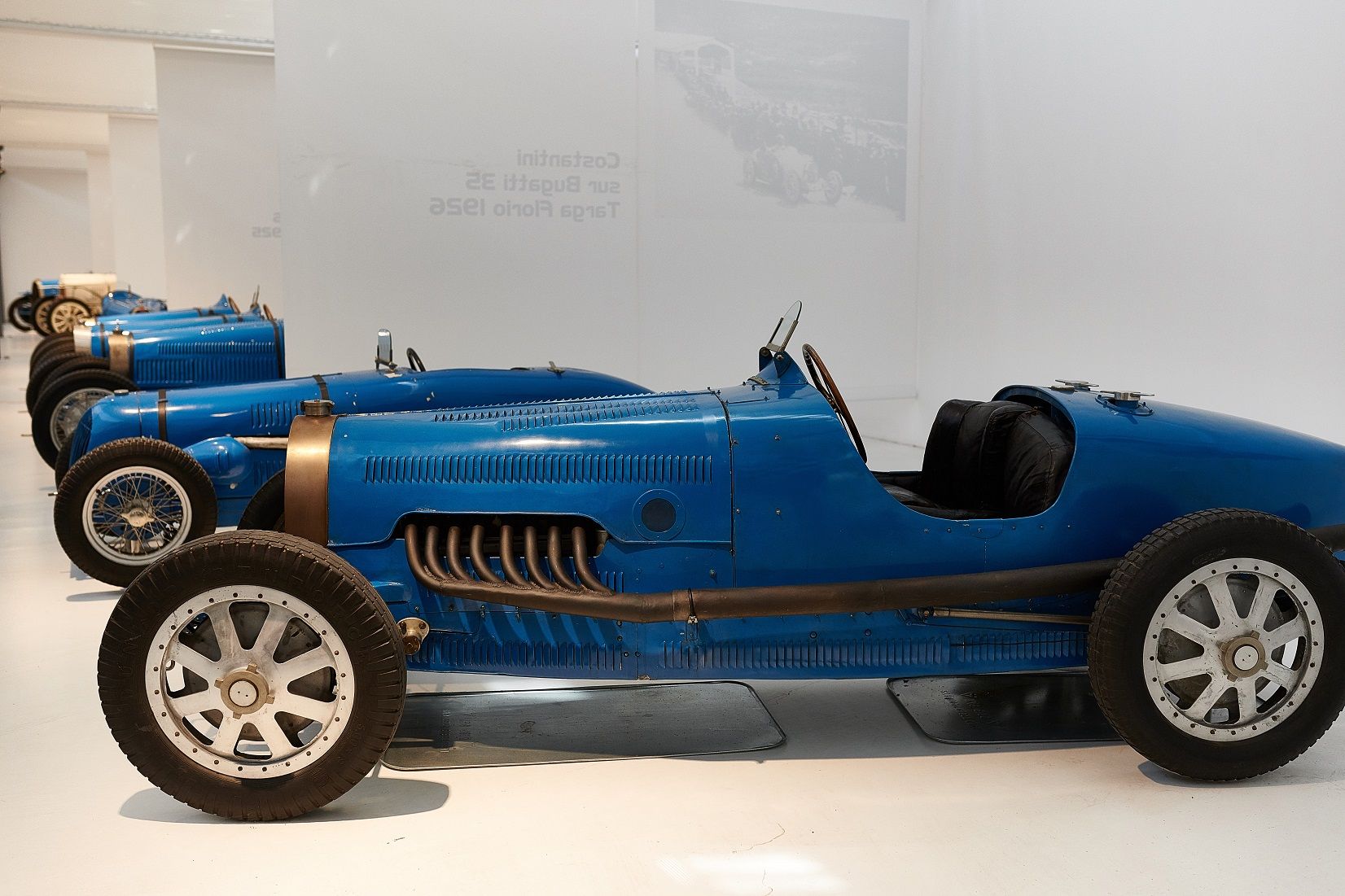The Schlumpf Collection: Is This The World’s Greatest Automotive Museum?
Images: Makarand Baokar
Jeanne Schlumpf gave birth to two boys, Hans (Giovanni Carlo Viterio) and Fritz (Federico Filippo Augustino) Schlumpf, in 1904 and 1906, at Omegna near Milan, in Italy. The wife of a Swiss textile merchant who subsequently passed away in 1918, she returned with her sons to Mulhouse in Alsace, the city she hailed from originally. Alsace, by 1918, was back being a French city, after a few decades of German occupation.

As skilled speculators, the boys became rich at a very young age, and by the end of the 1920s, just before the Great Depression of 1929, they were acknowledged as members of the Alsatian financial elite.

In 1938, the Schlumpf brothers invested their fortune in the Alsatian textile industry by buying spinning mills around Mulhouse, and then vineyards for wine and champagne, even real estate, and a hotel. After WWII, the Schlumpf brothers were recognised as the undisputed masters of the textile and wool industry in Alsace.

After building up relations with the Bugatti factory and family and close friendships with the likes of French racing star Maurice Trintignant, Fritz Schlumpf embarked on his lifelong passion—of purchasing the automotive gems of the pre-war era.

In a span of seven years—from 1960 to 1967—he accumulated a collection of 560 cars. Fritz’s specific obsession was for Bugatti, and he bought all the Bugattis that he could acquire, bringing them back to their “birthplace”.

In 1963, when Bugatti was desperate for money, and before it was absorbed by Hispano-Suiza, Schlumpf offered to buy its collection of historic cars. Initially, Roland Bugatti (the son of Ettore Bugatti, who had taken over the running of the company after his father had passed away) rejected the bid, but when no-one could match Schlumpf’s offer, he agreed. On 11 April 1963, eighteen cars were collected from the factory.


From around 1967, Fritz Schlumpf slowed his rate of acquisition and concentrated on restoring his collection. Several of the Bugattis were refurbished by the Bugatti factory itself in Molsheim, with Fritz personally overseeing the process, matching, and deciding on the colours, materials, and parts. A corner of the workshop with eight full-time restorers was devoted to the job.

With inexpensive Asian imports crippling the Alsatian textile industry, Schlumpf’s textile mills accumulated huge losses. Fritz and Hans had creamed off sums estimated at 26.3 million francs to complete the car collection, and they were unable to pay their workers.

In 1971, the Schlumpf villa was besieged. The brothers fled under police protection, taking refuge in Basel, Switzerland, abandoning their factories and the cars. On 7th March 1977, trade unionists entered the warehouses without authorization to discover hundreds of amazing cars.

The union named the building the “Workers’ Museum” and employees occupied the site for two years before the French Government classified the collection as a historical monument on 14th April 1978. Eventually, the government authorised its sale on 8th April 1981 for 44 million francs to the Association of the National Museum of the Automobile, and the Musée Nationale de l’Automobile opened its doors in July 1982.

By the spring of 1984, over a million visitors had passed through the once-private museum. Of the 437 cars on display, 122 are Bugattis. Not only was this the single biggest grouping of Bugattis in the world, but it was also the only place one could see some of the rarest, including most of the one-offs and the oddities.
Although the Musée Nationale de l’Automobile – Collection Schlumpf (as the museum is known today) has not been acquiring much, it has received as gifts cars by collectors, institutions, and governments (including a beautifully restored Hongqi by the Chinese), and today has more than 700 automobiles of all kinds with them.

Of these, around 300 are part of the reserve collection and are yet to be displayed, as many need restoration and detailing, an ongoing process which is expected to take time. This collection, housed in another building, is no less astounding.
Any automobile enthusiast who is visiting France must visit this hallowed temple of the automobile.

Comments
Sign in or become a deRivaz & Ives member to join the conversation.
Just enter your email below to get a log in link.
